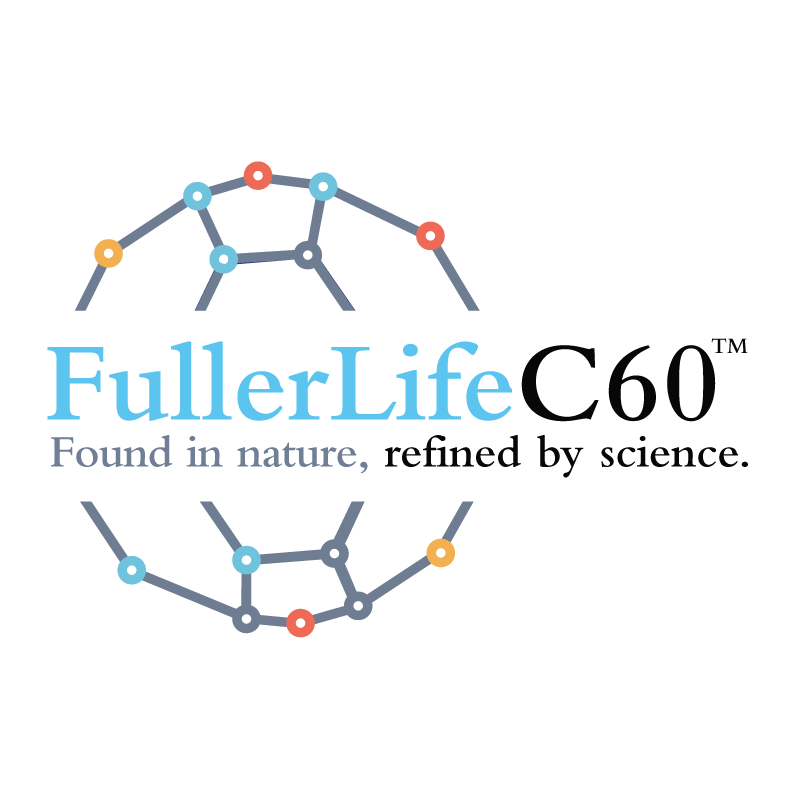C60 Molecule
The Fullerene C60 molecule, also known as the buckminsterfullerene, is an incredibly unique and fascinating entity. It consists of 60 carbon atoms arranged in a spherical shape, which gives it a geodesic dome-like structure. This carbon allotrope was discovered in 1985 by Richard Smalley, Harold Kroto, and Robert Curl, for which they were awarded the Nobel prize in Chemistry in 1996.
The properties of Fullerene C60 molecules have been studied extensively since its discovery and have yielded a variety of potential applications. One of these is its use as a nanomaterial for electronics. Its spherical shape makes it ideal for creating transistors and other microelectronic components. Additionally, the molecule has been found to have antioxidant properties and is currently being studied for its potential use in cancer therapy.
Fullerene C60 molecules are also being used in the field of solar energy. The spherical shape of the molecule makes it ideal for catching and reflecting light onto a photovoltaic cell, making it more efficient at absorbing energy from the sun. This could potentially lead to new and improved ways of generating solar power in the future.
What does the C60 molecule do?
As far as its medical benefits go, C60 has shown promising results as an antioxidant that can help mitigate the effects of oxidative damage to cells due to free radicals.
This cellular protection is thought to enhance the body’s natural healing and repair processes, as well as provide a defense against infection or illness. Studies suggest that C60 might also be able to reduce inflammation, help protect the brain from age-related deterioration, and even improve longevity.
What type of molecule is C60?
C60 is a type of molecule composed of sixty carbon atoms arranged in the shape of a soccer ball. It is one of the rarest and most valuable forms of carbon due to its extremely stable structure and unique properties.
In addition to being an antioxidant, C60 has been studied for its potential to serve as an anti-cancer agent, and for its ability to act as a carrier molecule for targeted drug delivery.
What is C60 made of?
C60 is composed entirely of carbon atoms, 60 in total. These carbon atoms are linked together to form strong bonds known as fullerenes.
The individual carbon atoms within the molecule are also bonded to each other, forming a tight, spherical structure that gives C60 its unique properties.


